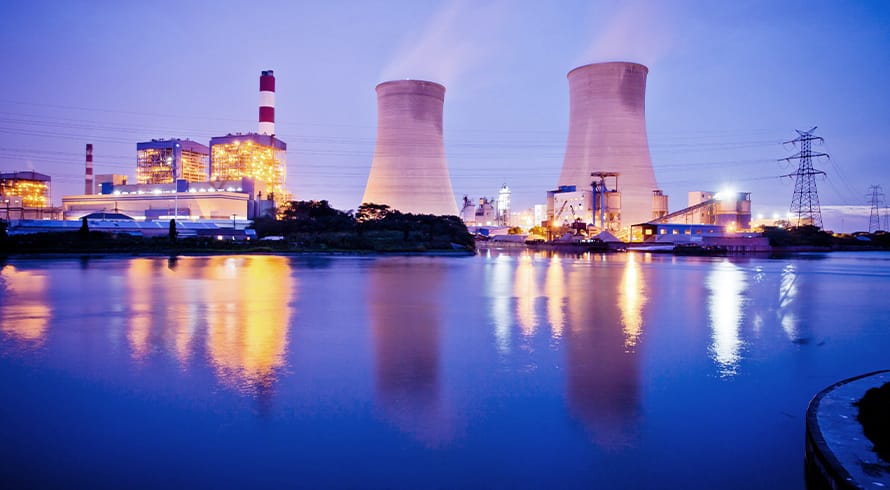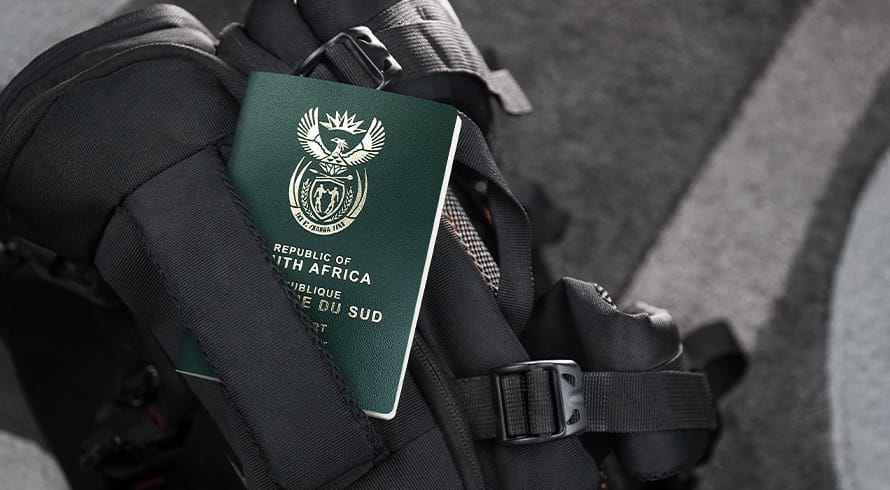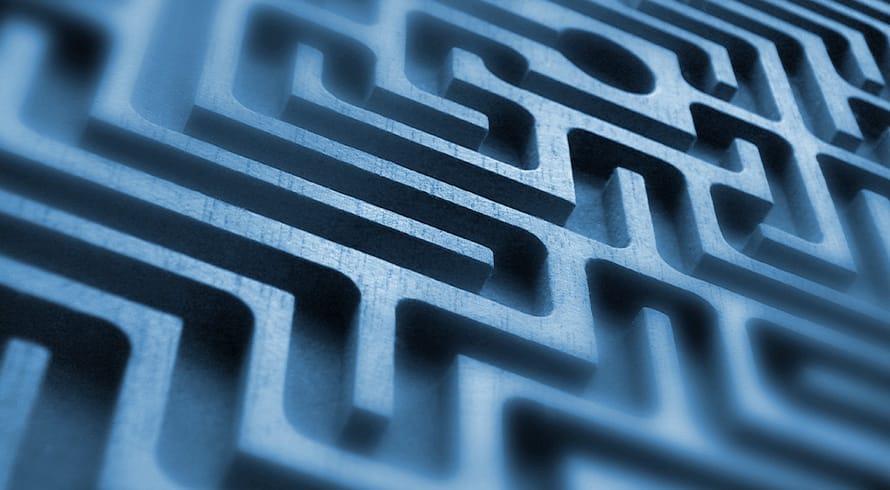Solar is dead, long live solar
At a glance
- Section 12B of the Income Tax Act 58 of 1962 provides for an accelerated capital depreciation allowance on the costs incurred on plant and equipment utilised in the taxpayer’s trade of generating electricity from renewable sources.
- While section 12B appears relatively simple and straightforward, it could still result in unwanted consequences and, in a worst-case scenario, the non-application of the allowance
- In light of this, many taxpayers are approaching the South African Revenue Service (SARS) for rulings on the interpretation of the provision. The recent Binding Class Ruling 88 provides some useful insight into SARS’ approach to this section
One of the key tax incentives is found in section 12B of the Income Tax Act 58 of 1962 (ITA). The allowance is attractive because renewable energy often requires significant upfront capital outlays that are typically not allowed as an income tax deduction because the costs are capital in nature.
What Section 12B does is provide taxpayers with some relief from tax by providing for an accelerated capital depreciation allowance of 100% or on a 50/30/20 basis, on the costs incurred on plant and equipment utilised in the taxpayer’s trade of generating electricity from renewable sources. It also includes costs incurred in respect of the supporting structures. The sister provision of section 12B, section 12BA, includes a temporary separate allowance of 125% of the costs for new and unused assets brought into use for the first time on or after 1 March 2023 but before 1 March 2025. However, one can only claim one of section 12B or section 12BA and not both.
While section 12B, on the face of it, appears relatively simple and straightforward compared to other tax provisions, for the uninitiated, it could result in unwanted consequences and, in a worst-case scenario, the non-application of the allowance. It is no wonder that many taxpayers are approaching the South African Revenue Service (SARS) for rulings on the interpretation of the provision.
The most recent ruling issued by SARS on the topic is Binding Class Ruling 88 (BCR 88) which was issued on 22 February 2024. While rulings issued by SARS are not binding on all taxpayers but only in respect of SARS’ dealings with that specific applicant taxpayer, it gives important insight as to SARS’ potential interpretation of certain issues and is therefore still valuable to taxpayers.
“Generation assets”
One of the key issues faced by taxpayers is what types of assets factually fall within the allowance. BCR 88 provides some insight into this as it refers to a detailed list of “generation assets” that would qualify for the allowance. Apart from the expected assets, such as the solar photovoltaic (PV) panels themselves, battery inverters, battery backup systems and battery units (and their component parts) are also included in the definition of “generation assets”.
This further reinforces the principle, also dealt with in Binding Class Ruling 85, that if batteries are sufficiently integrated into a renewable energy system and form part of the system’s energy continuum, then they will also qualify for the allowance. It recognises that stored energy derived from renewable sources falls within the parameters of the allowance which is important because the sun does not shine at night when energy needs may be at their highest in certain instances.
Another interesting aspect is that overhead power infrastructure and towers, including accessories and foundations, are also included in the ambit of “generation assets”. It is not clear from the ruling what exactly these assets are, why they are needed and how they are integrated into the solar system. However, it certainly builds on the extent of critical assets required to operate a solar system that will qualify for the allowance.
Solar tax incentives utilised by partnerships
BCR 88, however, is not only interesting because of its determinations on section 12B, but also because it deals with the deductibility of expenditure to be incurred, and the limitation of any allowance and deductions claimed by en commandite partners (i.e. limited partners) investing in solar PV energy assets.
The taxation of partnerships in South Africa can lead one to murky waters, however, there is some guidance to be found in section 24H of the ITA. It codifies certain aspects of the taxation of partnerships, although it leaves certain factors open to interpretation. It is in this context that it is noteworthy that SARS ruled, amongst others, as follows in BCR 88:
- under section 24H(2) each class member (i.e. limited partner) is deemed to carry on the trade of the partnership which is important because section 12B requires the taxpayer that is claiming the allowance to have carried on a trade; and
- each class member (i.e. limited partner) is entitled to deduct its proportionate share of the partnership’s deductions and allowances, including that allowed under section 12B, thereby confirming that each limited partner has co-ownership of the relevant underlying assets which is a prerequisite for the application of the allowance.
What is also interesting to note is that the ruling mentions that once the necessary capital commitments have been secured, the partnership will be closed. It will not be open-ended for further capital contributions by new investors, except where a new limited partner is substituted for an existing limited partner who subsequently withdraws. This is arguably an important differential.
In this regard, it was importantly ruled that new limited partners may claim section 12B(1)(h) allowances in respect of their proportionate interests in the partnership assets acquired, provided that the new limited partner is acquiring and bringing such assets into use for the first time.
Partnerships are an attractive business vehicle in South Africa as they have various commercial benefits. However, the interaction between section 12B and the taxation of partnerships can be complex. BCR 88 assists taxpayers by providing some guidance on the interpretation of these somewhat intricate provisions. Long live solar.
The information and material published on this website is provided for general purposes only and does not constitute legal advice. We make every effort to ensure that the content is updated regularly and to offer the most current and accurate information. Please consult one of our lawyers on any specific legal problem or matter. We accept no responsibility for any loss or damage, whether direct or consequential, which may arise from reliance on the information contained in these pages. Please refer to our full terms and conditions. Copyright © 2025 Cliffe Dekker Hofmeyr. All rights reserved. For permission to reproduce an article or publication, please contact us cliffedekkerhofmeyr@cdhlegal.com.
Subscribe
We support our clients’ strategic and operational needs by offering innovative, integrated and high quality thought leadership. To stay up to date on the latest legal developments that may potentially impact your business, subscribe to our alerts, seminar and webinar invitations.
Subscribe




